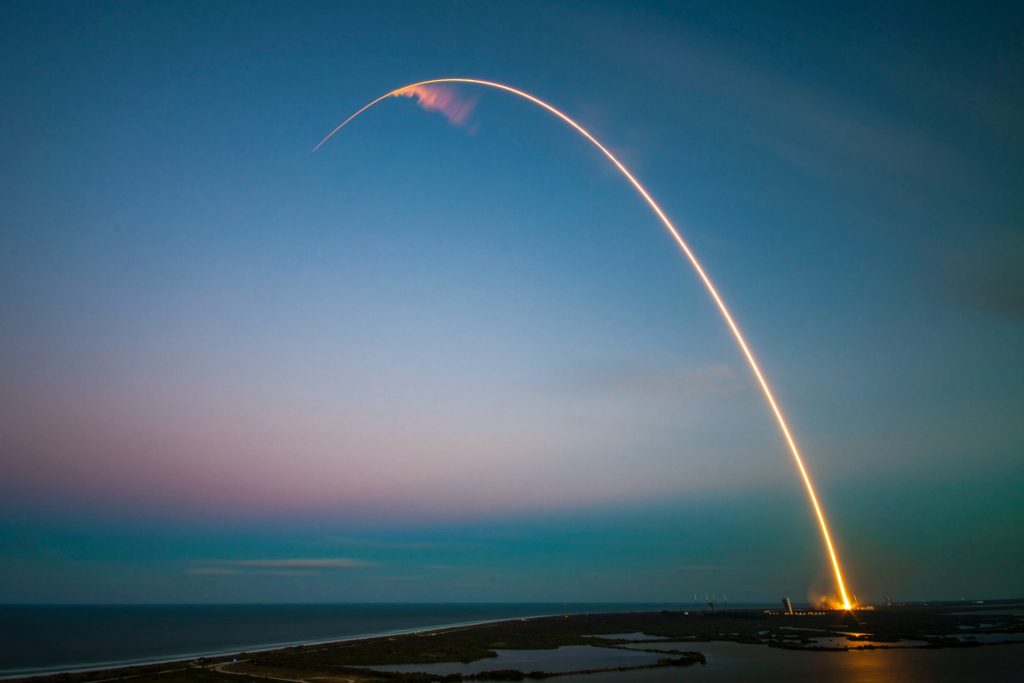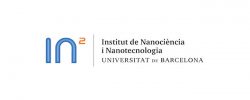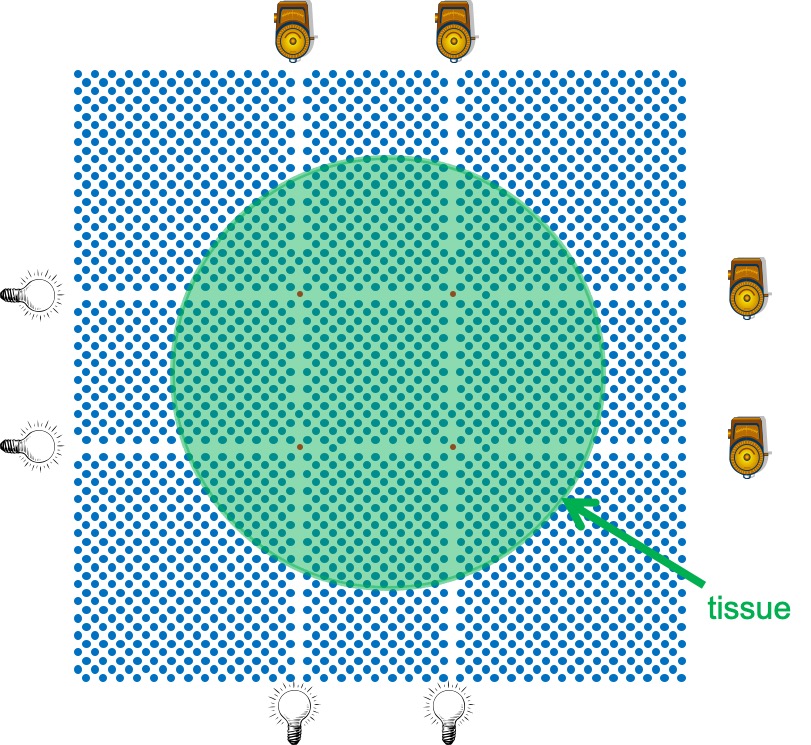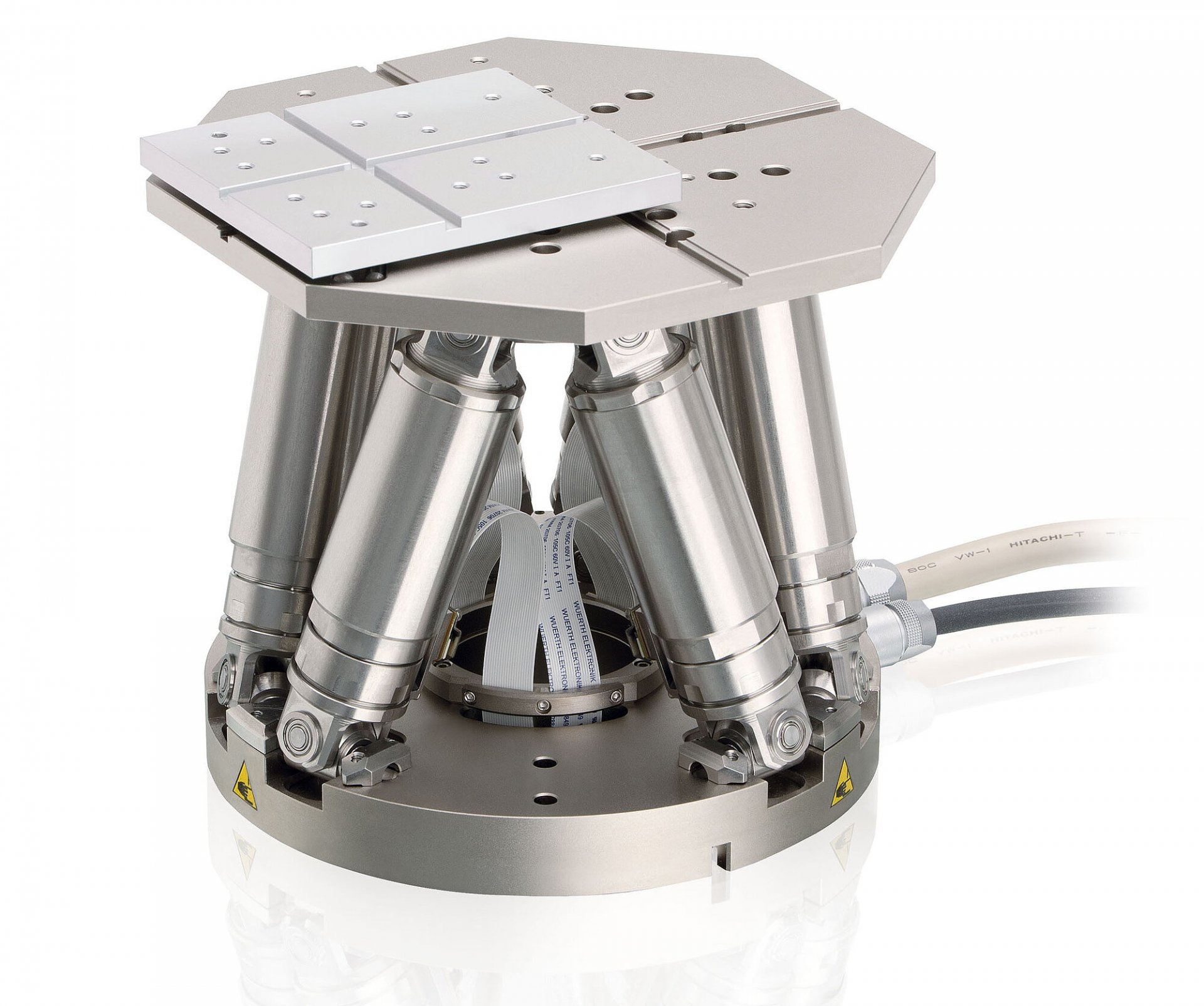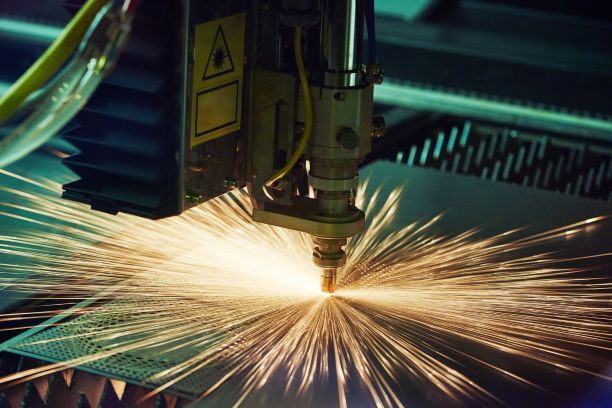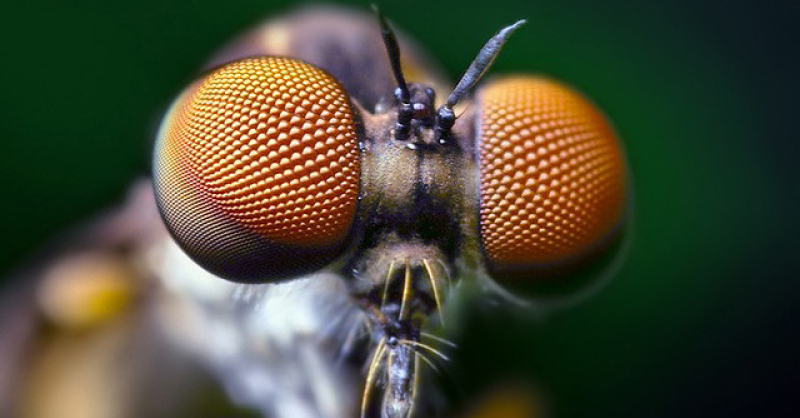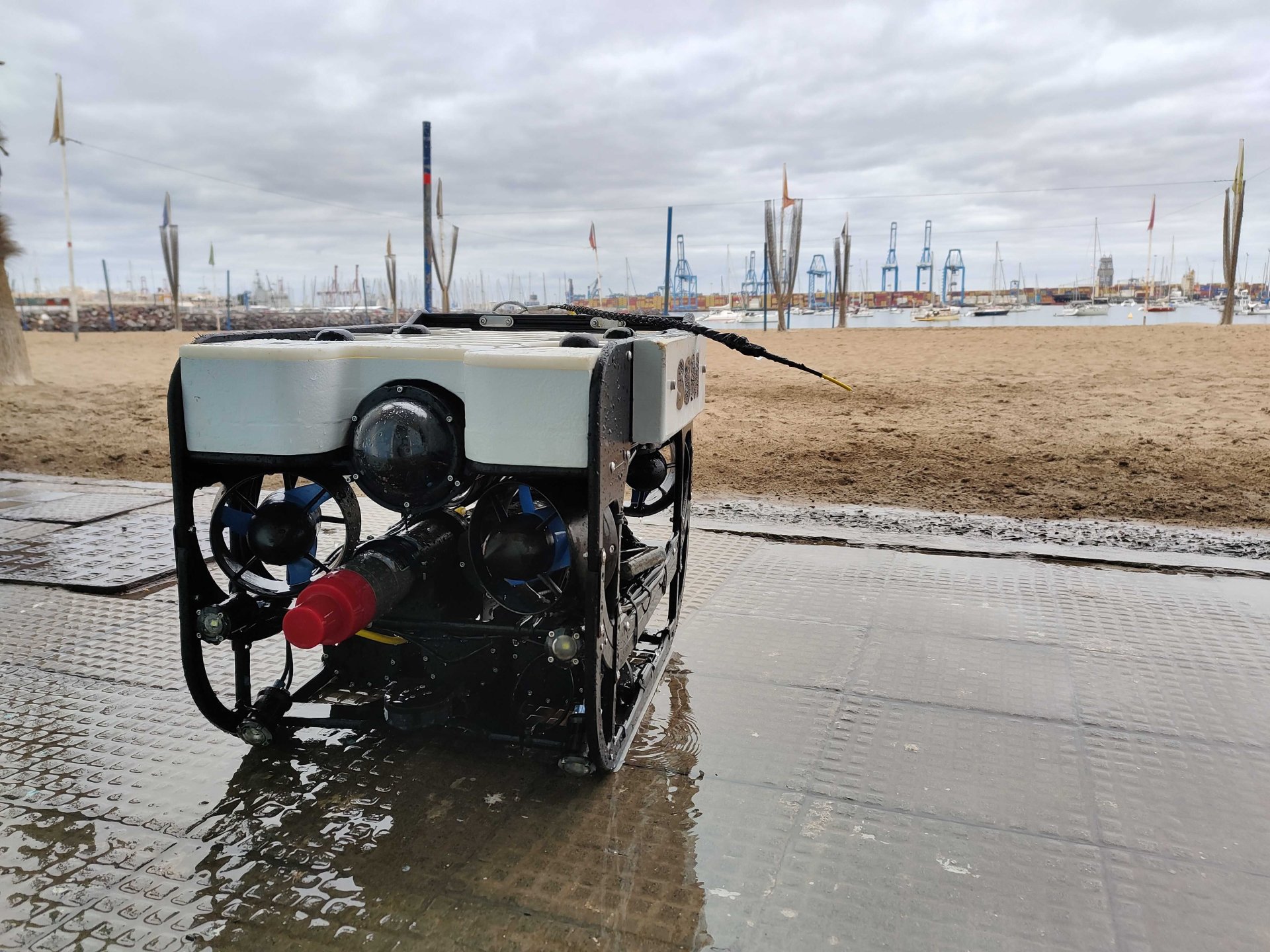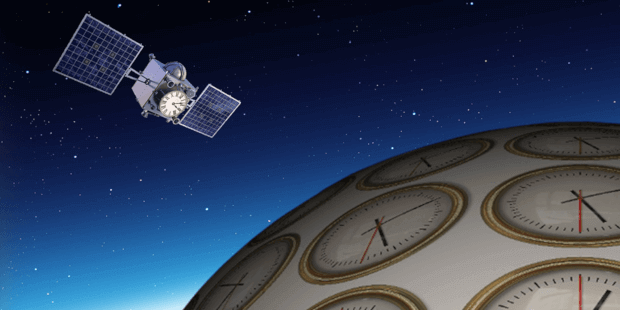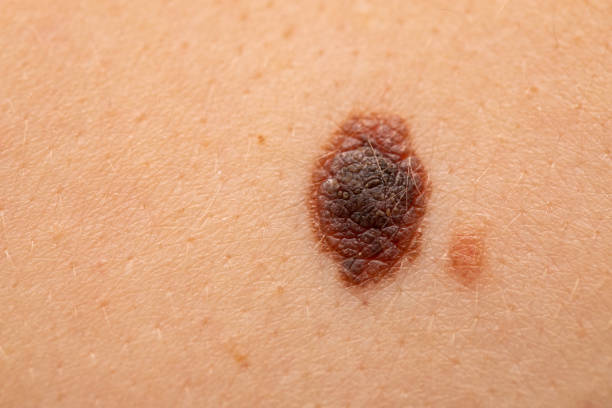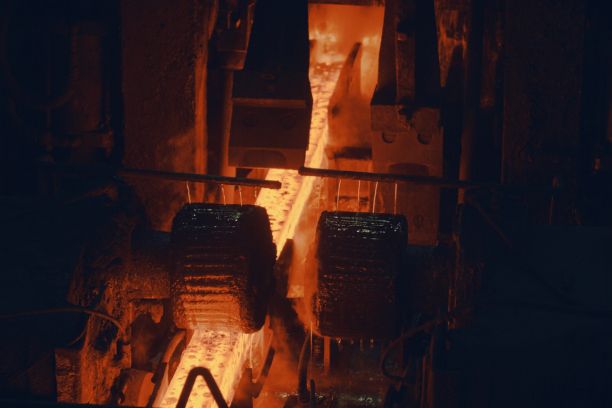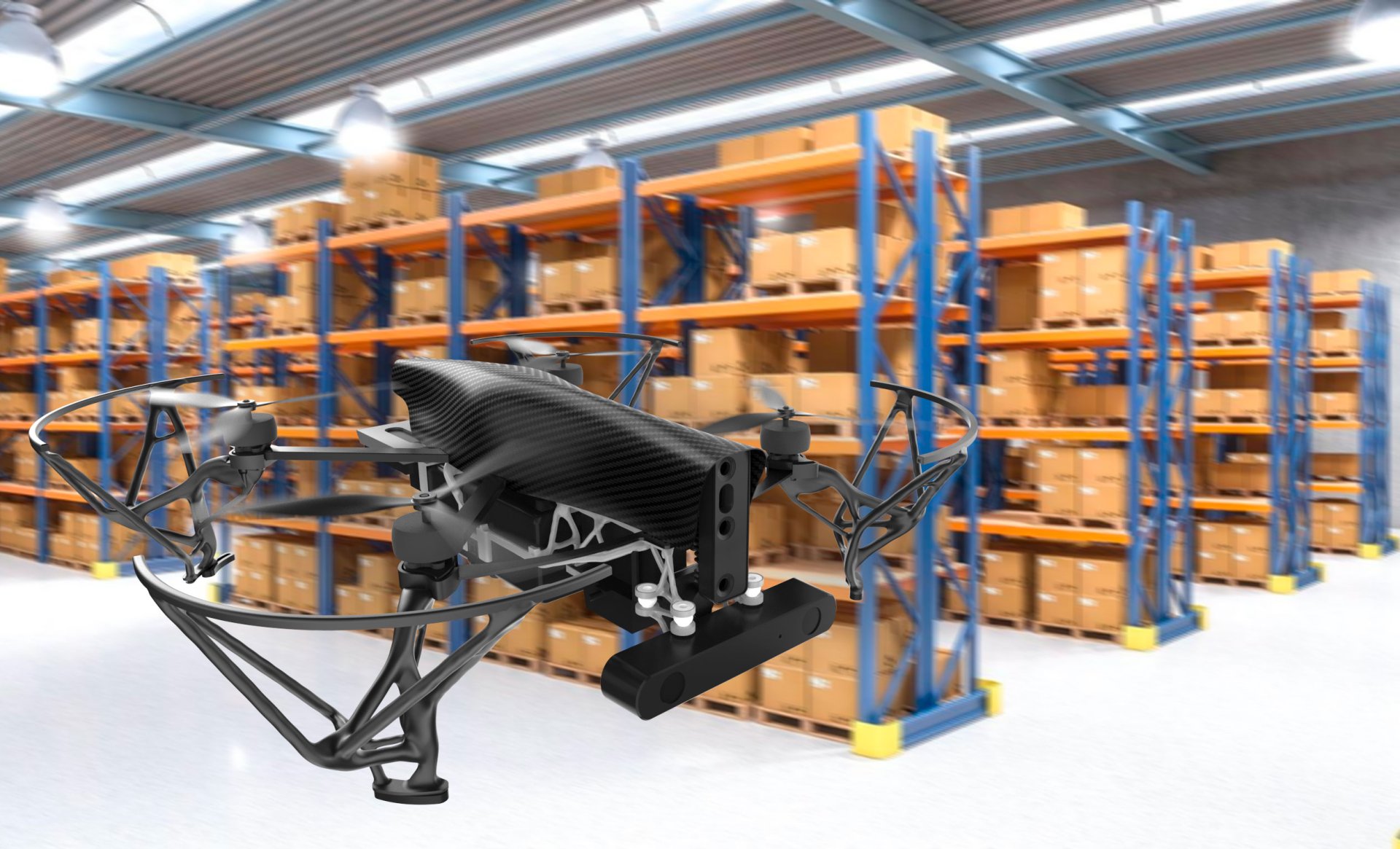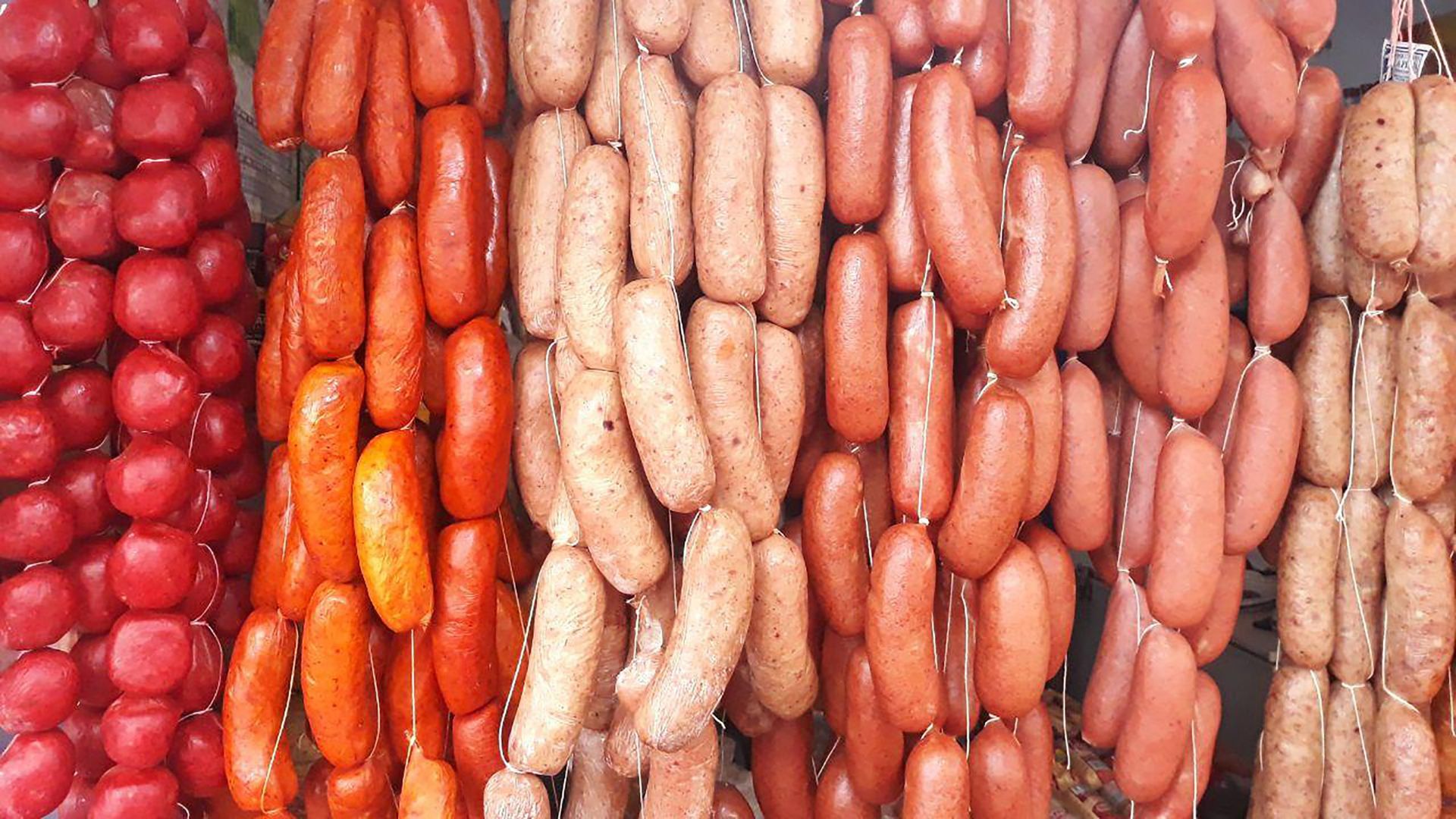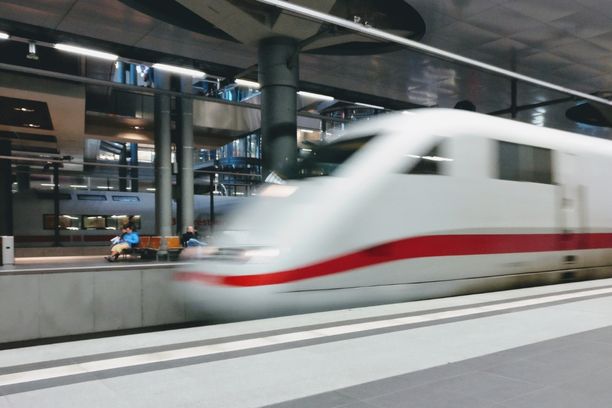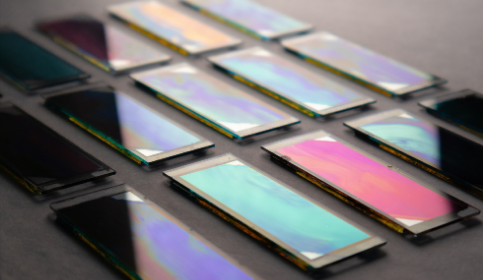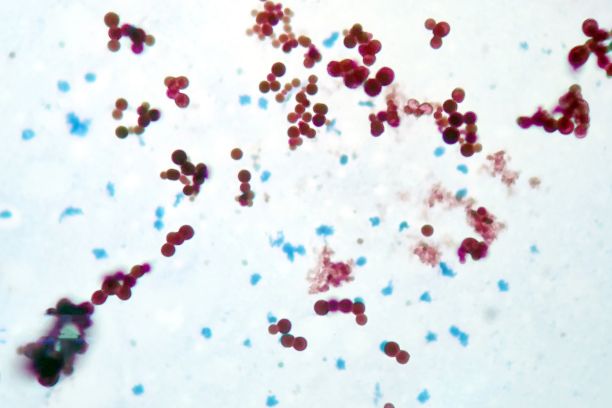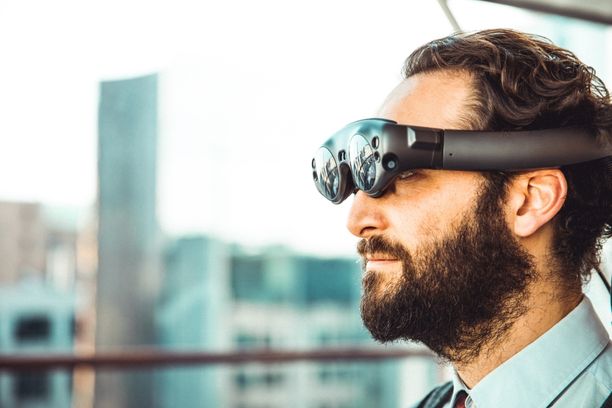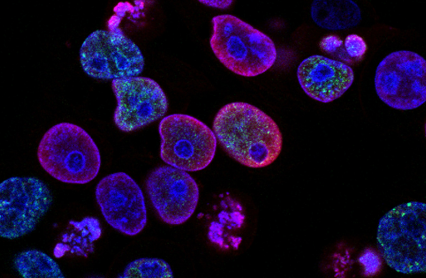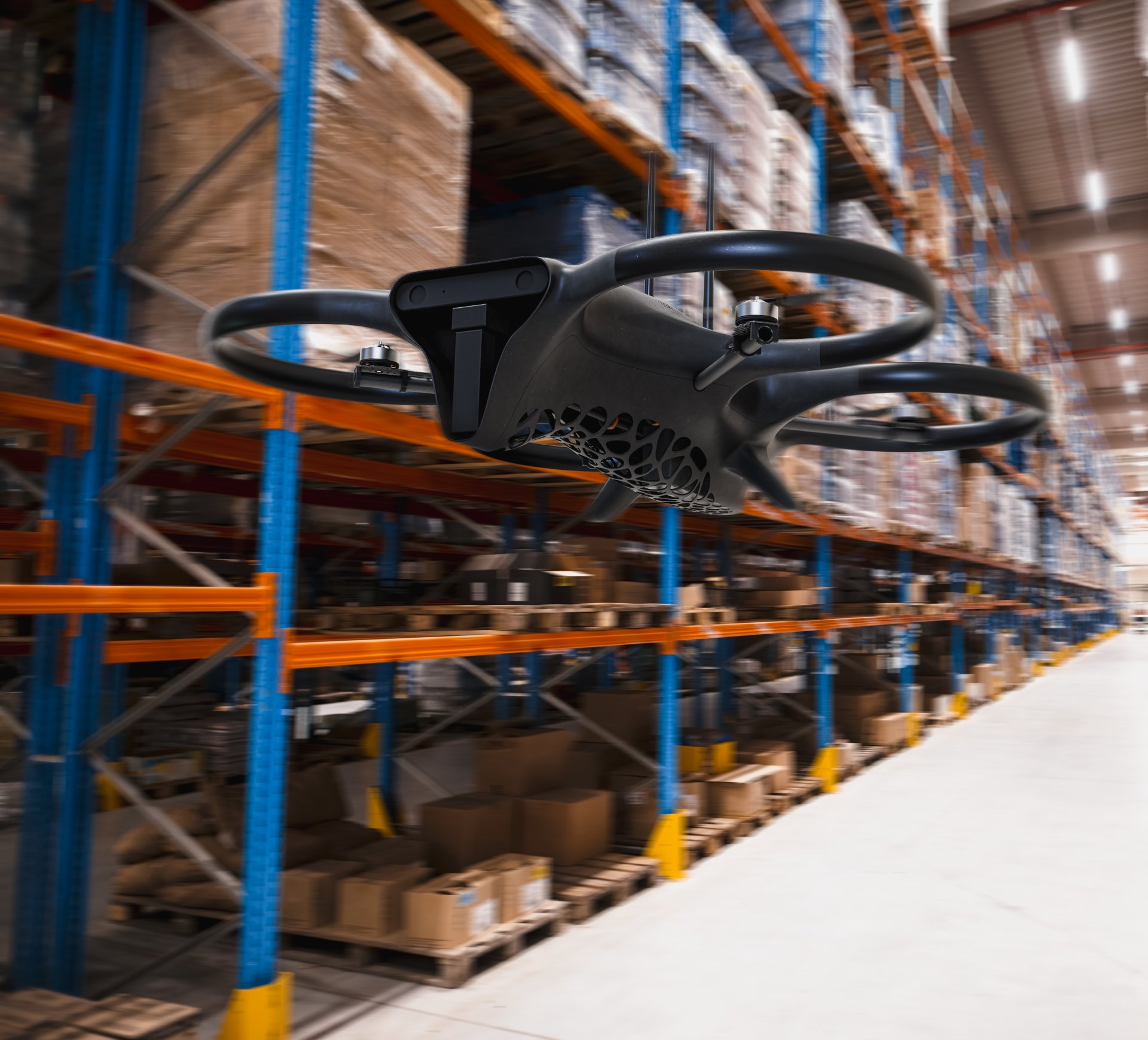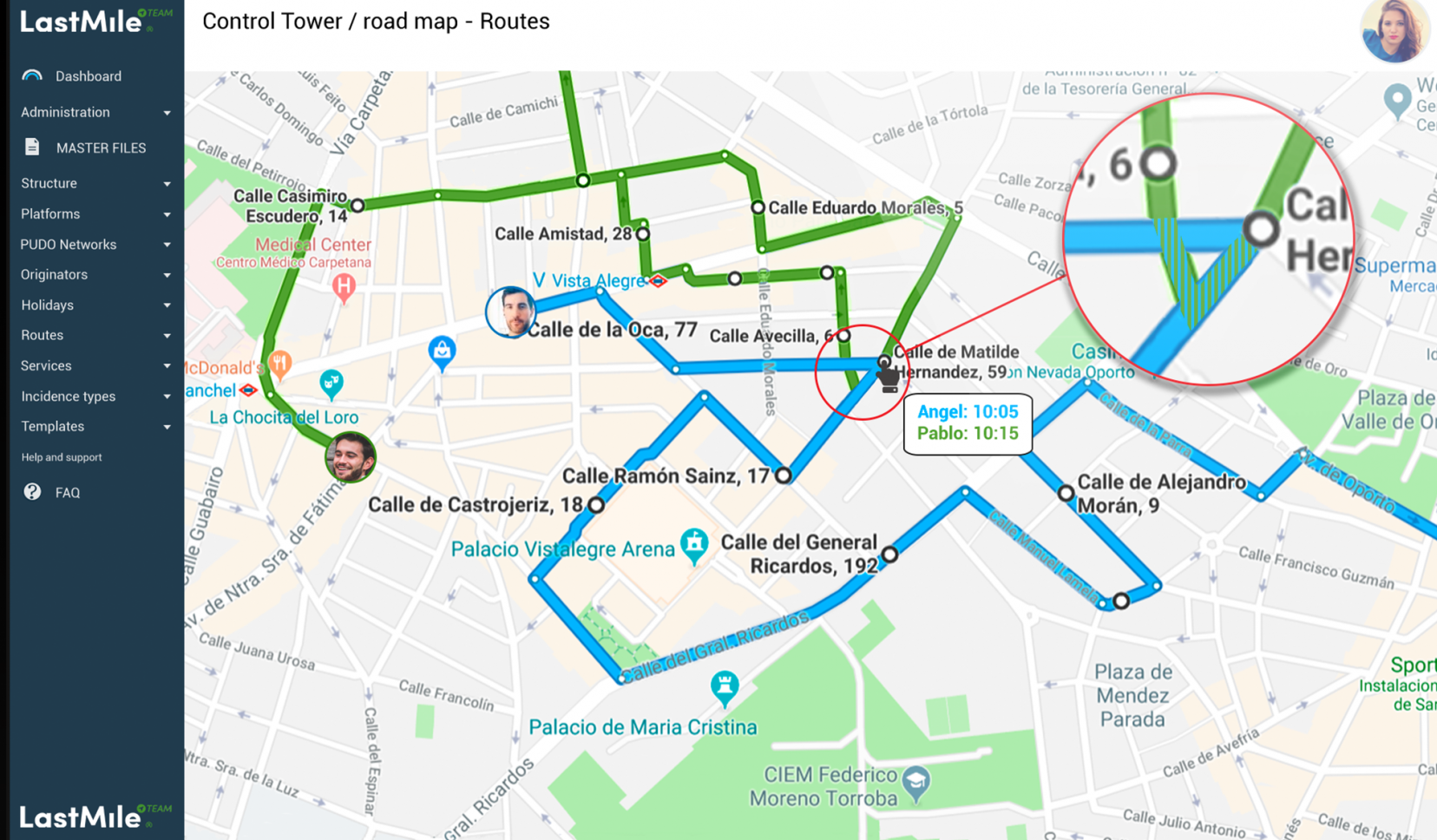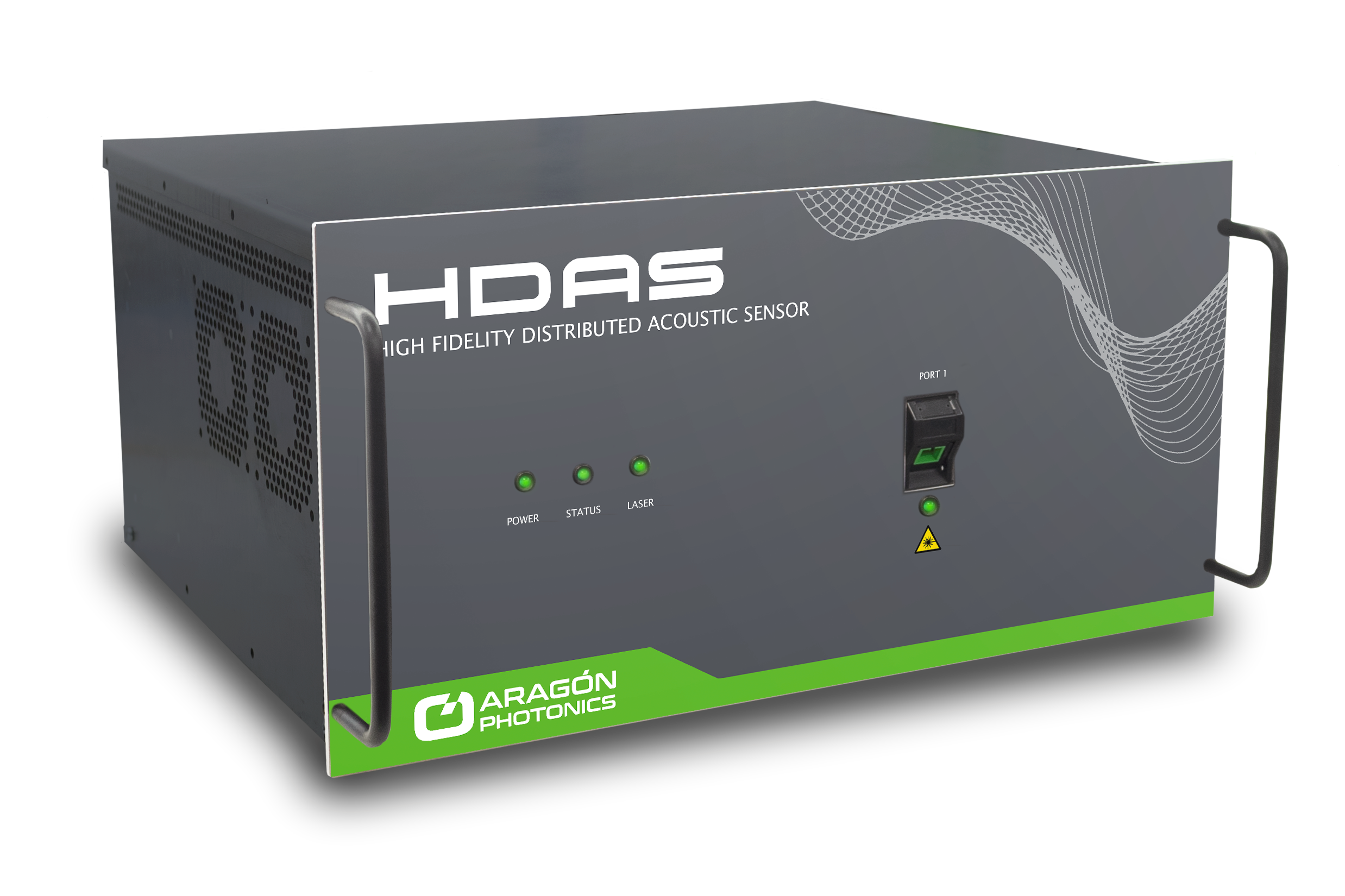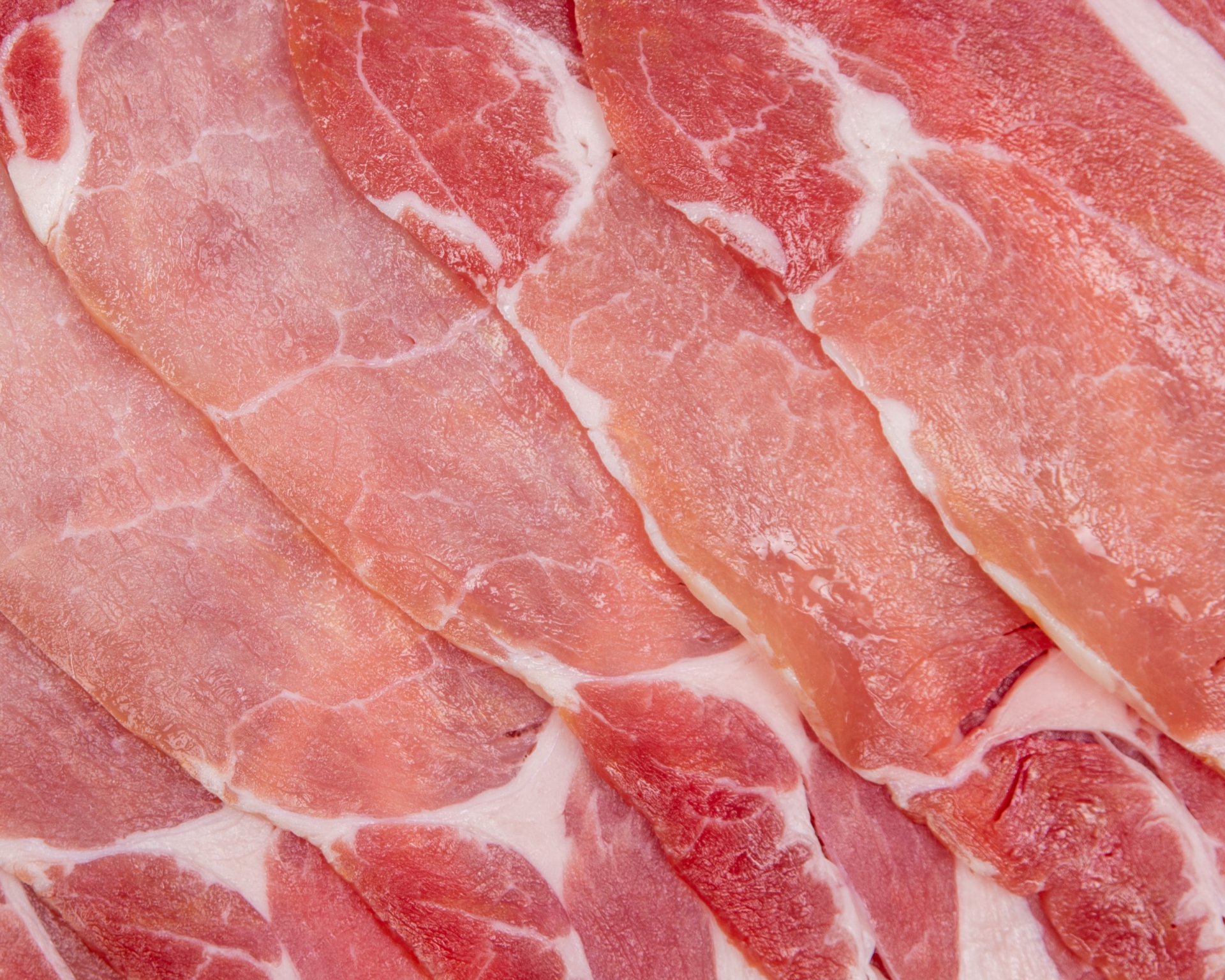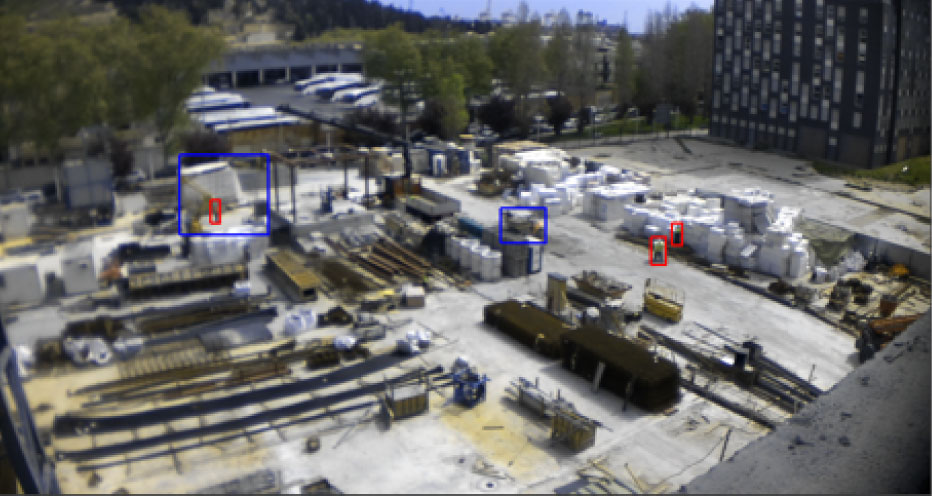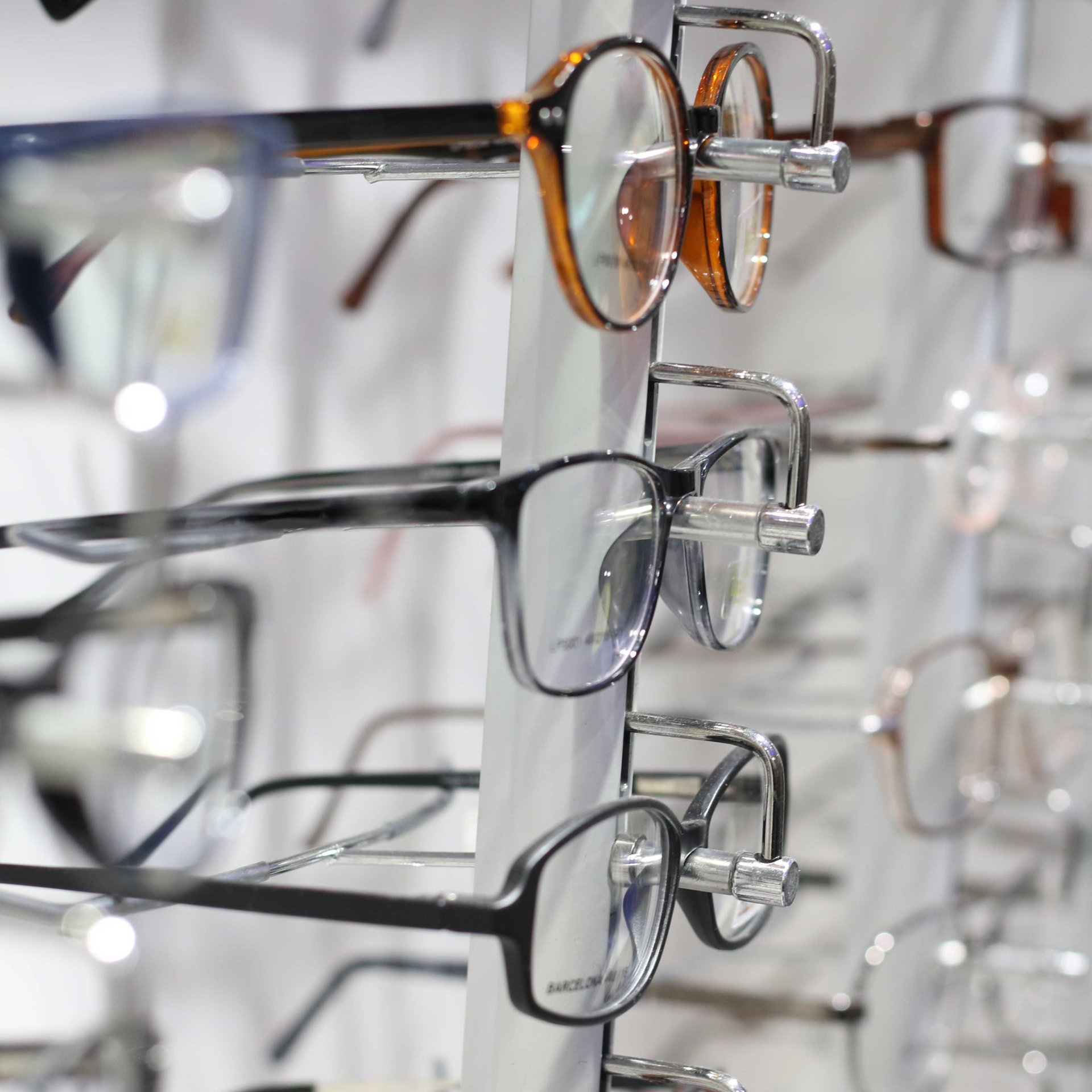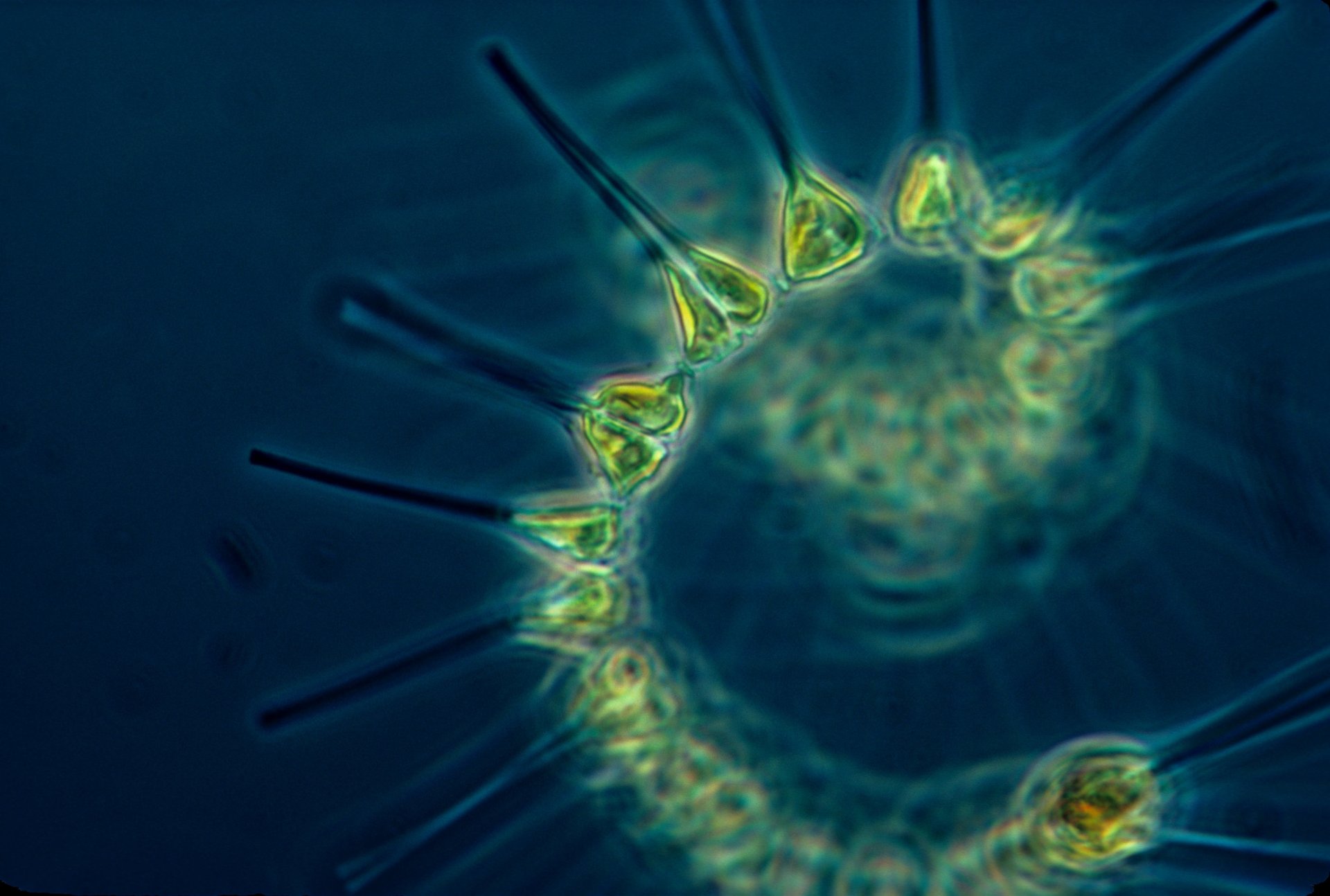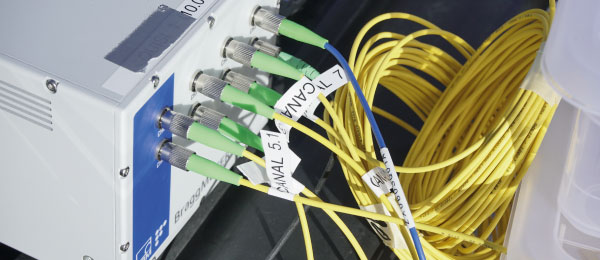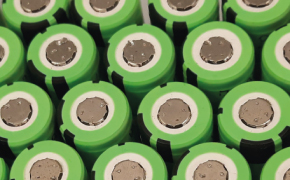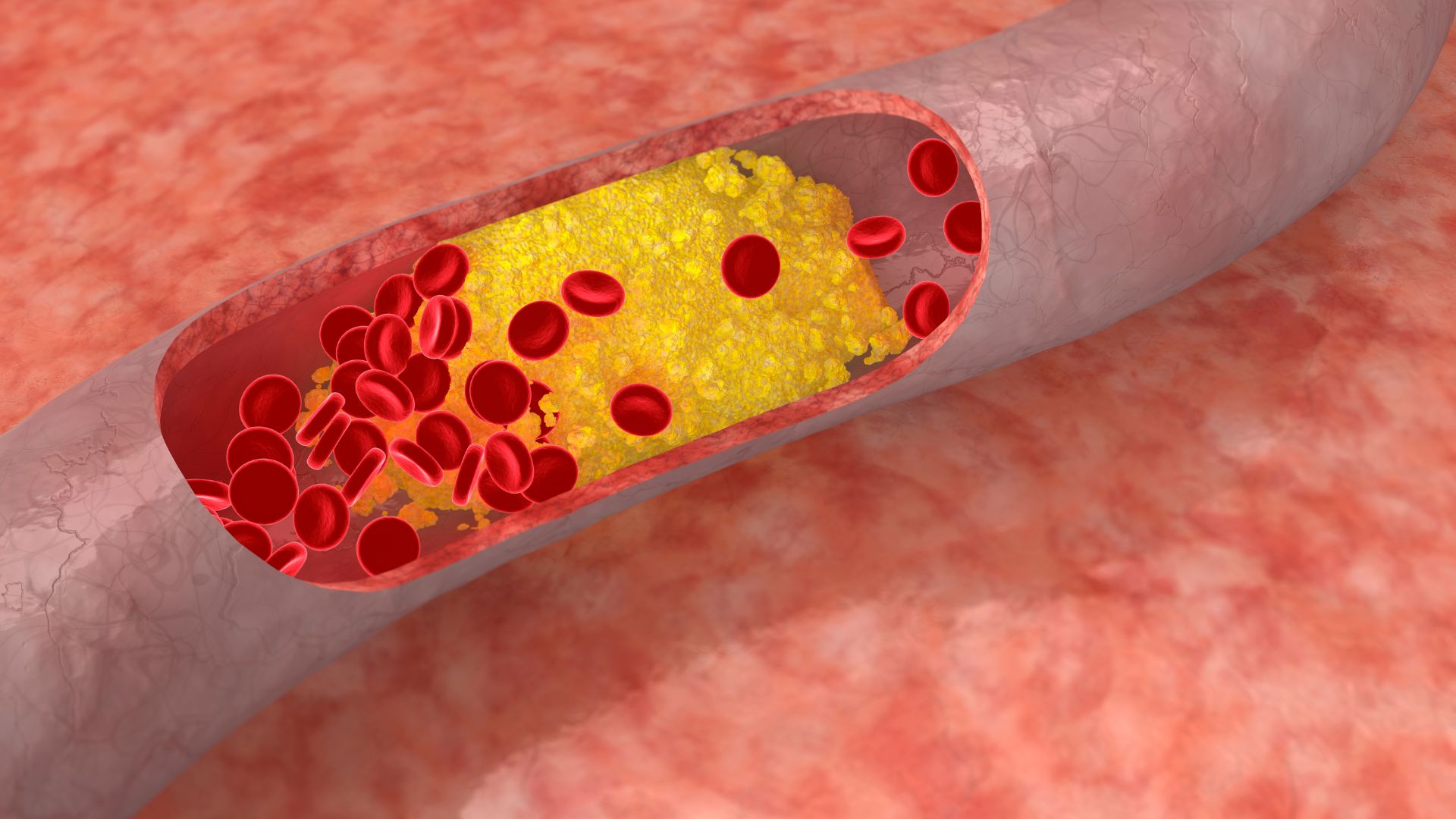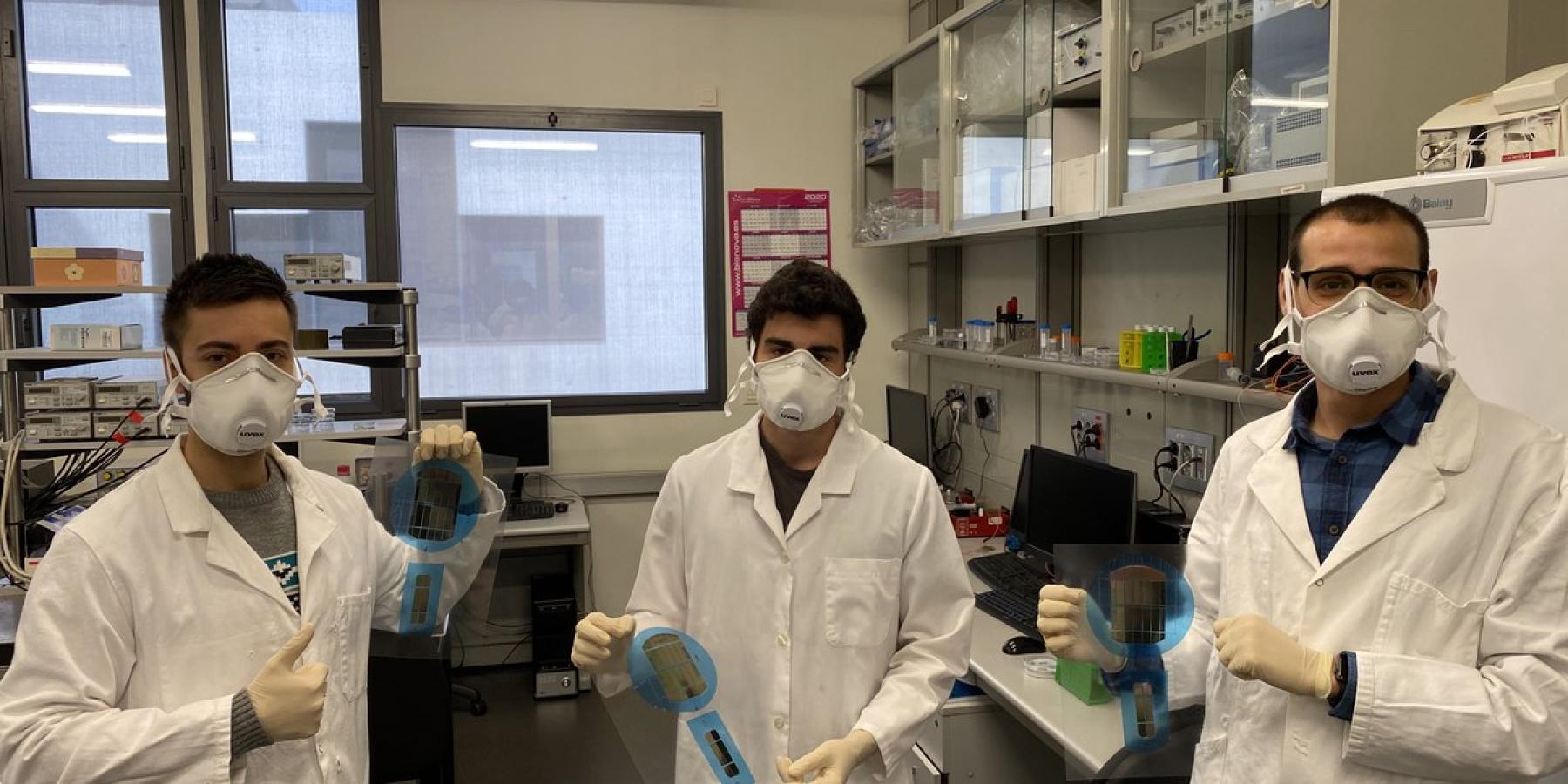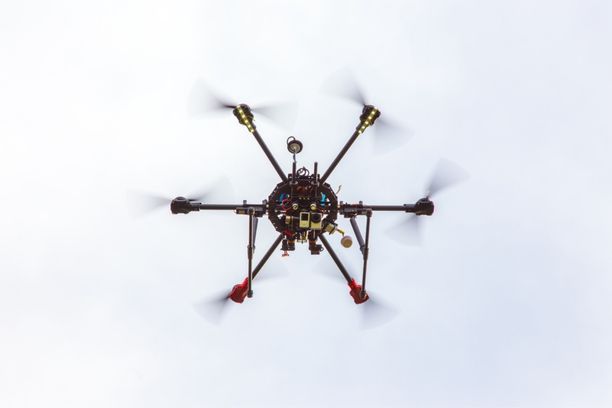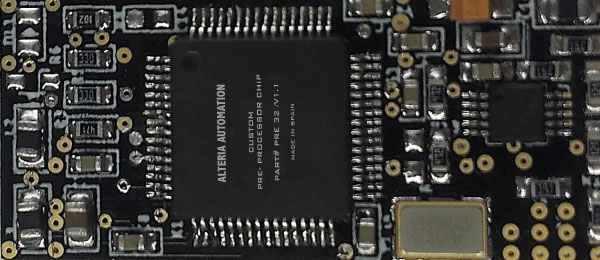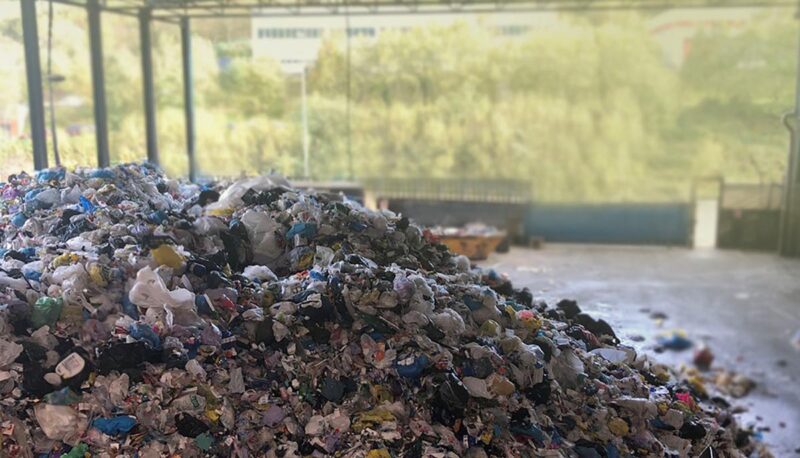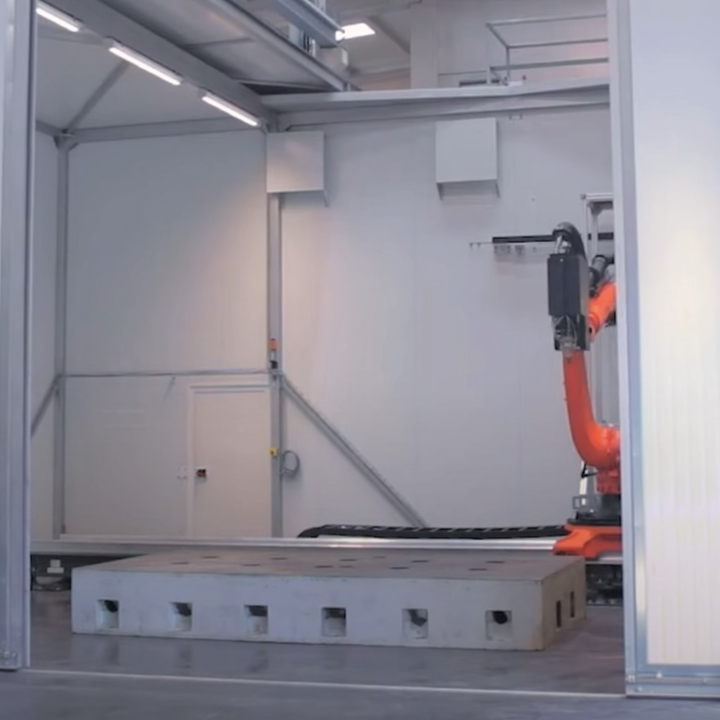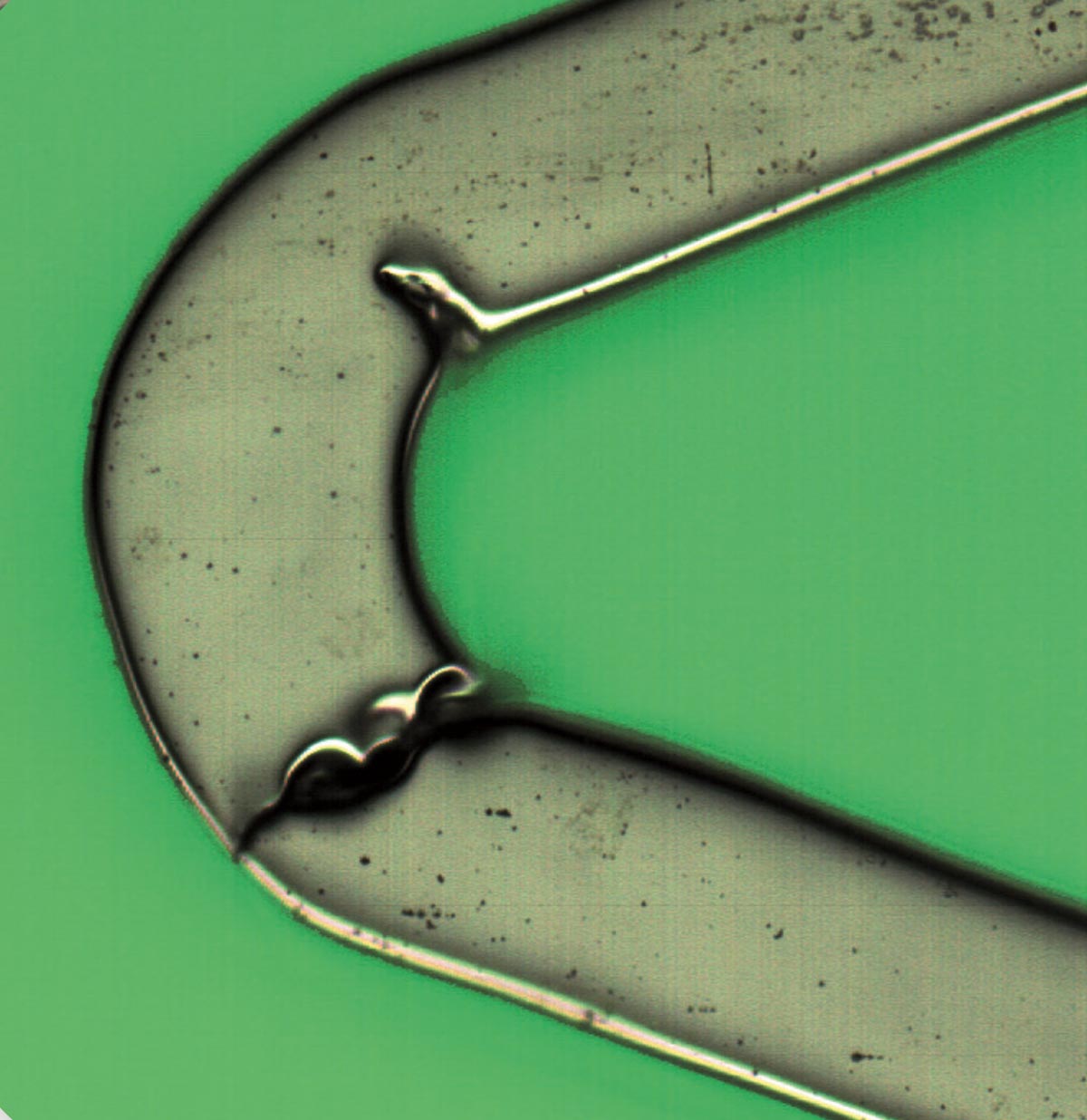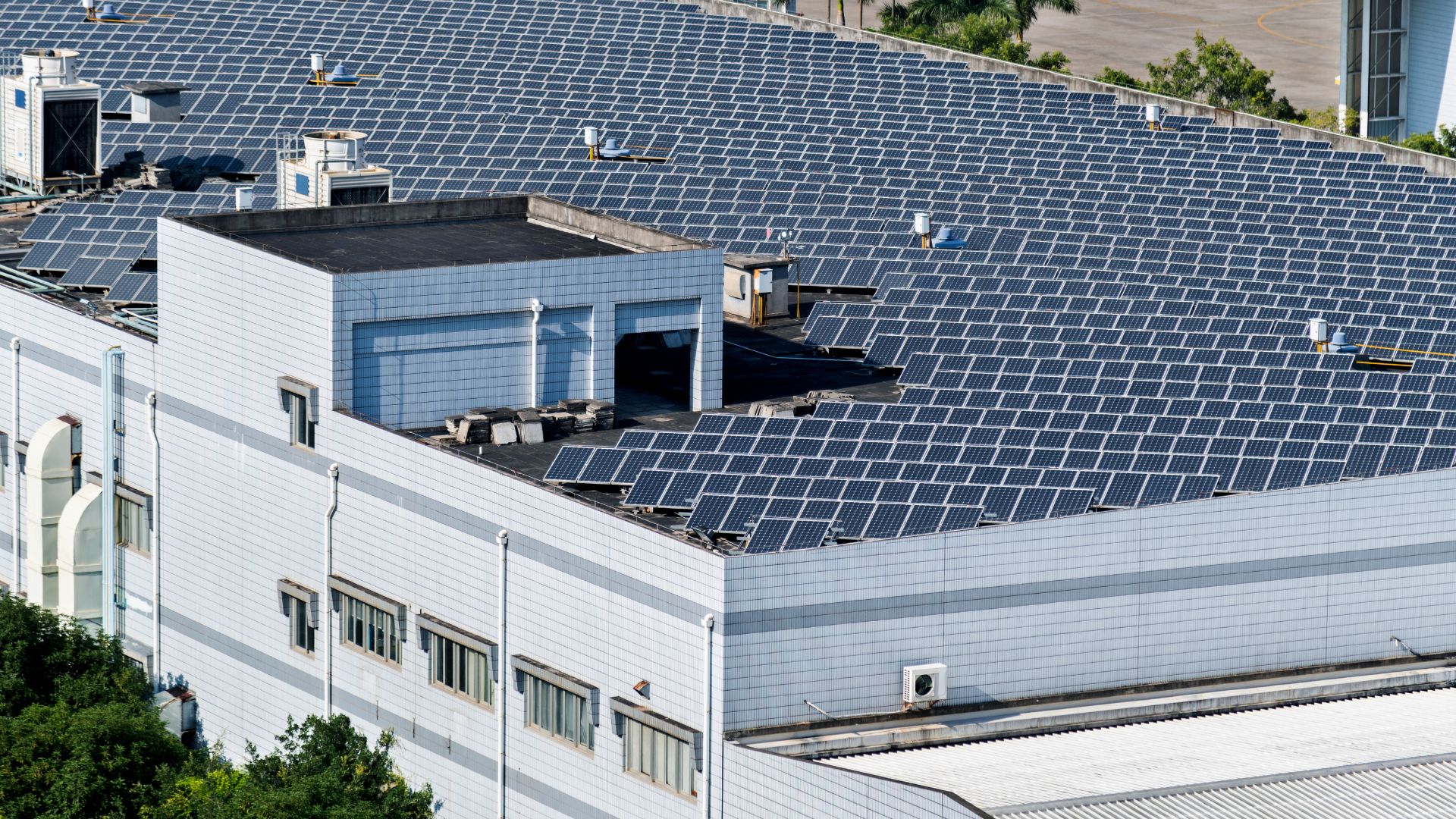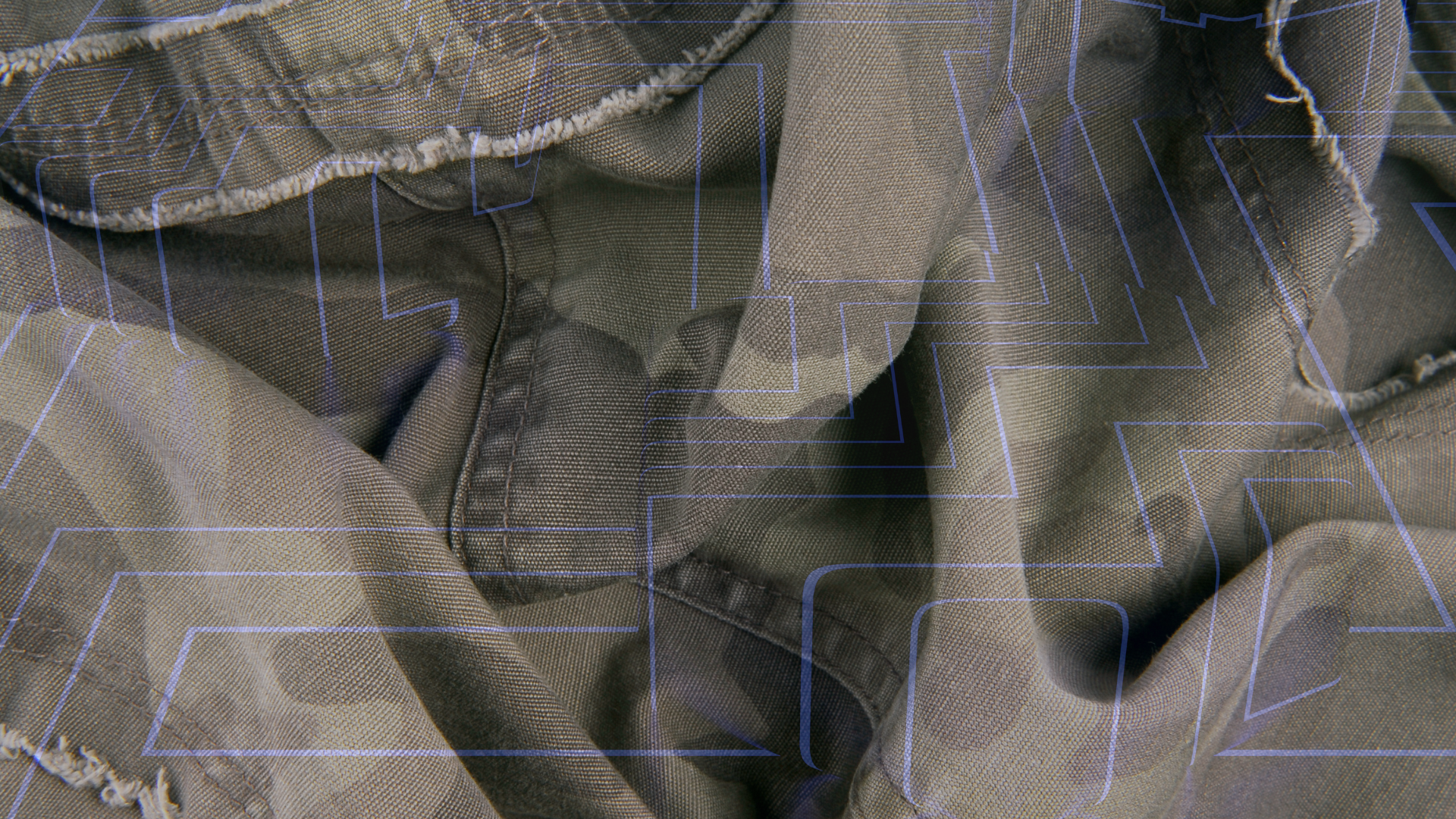Strechbio
The challenge was to develop a photonic nanosystem for ex-vivo monitoring of the effect of anti-tumour drugs on the loss of tissue elasticity in the progression of solid tumours.
Monitoring the mechanical stresses that occur in tissues ex-vivo is key to understanding their effect on tumour growth and to the development of new anticancer drugs to restore normal tissue elasticity and improve drug delivery to cancer cells. The approaches used so far only provide an indirect assessment of these stresses. Here we aim to quantify them directly and during treatment with anti-tumour drugs.
IN2UB develops a photonic nanosystem for ex-vivo monitoring of the effect of anti-tumour drugs on the loss of tissue elasticity in the progression of solid tumours.

The nanosystem to be developed will be based on silicon nanopillars on which ex-vivo tissue will be placed, maintained in a culture medium and with the application of anti-tumour drugs. By analysing light transmission, it will be possible to monitor the variation in the mechanical stresses of the tumour and its elasticity as a result of the effect of the applied drug. This will represent a breakthrough in precision medicine applied to the cure of solid tumours.
The initiative is funded by the FET Open programme of research and innovation actions of the European Horizon 2020 framework and is led by Professor Albert Romano, from the Institute of Nanoscience and Nanotechnology of the University of Barcelona (IN2UB), and involves researchers from the faculties of Biology and Medicine of the UB, as well as the Technical University of Denmark, the University of Freiburg (Germany), the company ReadyCell SL and the Technological Centre Leitat.
